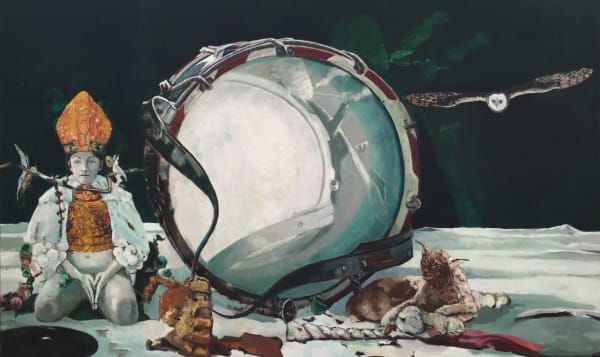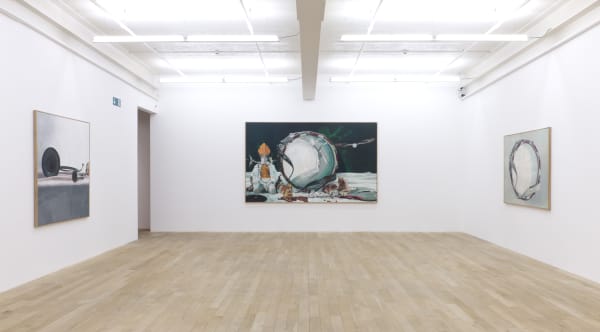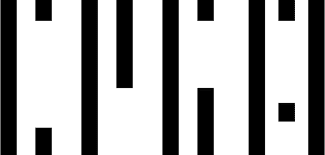Marc-Antoine Fehr: NocturneGalerie Peter Kilchmann, Zahnradstrasse, Zurich
Galerie Peter Kilchmann is pleased to present the second solo exhibition by Marc-Antoine Fehr. On view are new large- to small-format oil paintings as well as gouache works on paper.
January 14 - February 18, 2017
-
 Marc-Antoine FehrLe Tambour, 2016Oil on canvas200 x 280 cm (78.7 x 110.2 in.)
Marc-Antoine FehrLe Tambour, 2016Oil on canvas200 x 280 cm (78.7 x 110.2 in.)
203 x 283 cm (79.9 x 111.4 in.), framed -
 Marc-Antoine FehrNature morte, 2016Oil on canvas115 x 160 cm (45.3 x 63.0 in.)
Marc-Antoine FehrNature morte, 2016Oil on canvas115 x 160 cm (45.3 x 63.0 in.)
118 x 162.5 cm (46.5 x 64.0 in.), framed -
 Marc-Antoine FehrLes Enfants, 2016Oil on canvas200 x 330 cm (78.7 x 129.9 in.)
Marc-Antoine FehrLes Enfants, 2016Oil on canvas200 x 330 cm (78.7 x 129.9 in.)
203 x 333 cm (79.9 x 131.1 in.), framed -
 Marc-Antoine FehrRuth et Cosimo, 2016Oil on canvas115 x 160 cm (45.3 x 63.0 in.)
Marc-Antoine FehrRuth et Cosimo, 2016Oil on canvas115 x 160 cm (45.3 x 63.0 in.)
118 x 162.5 cm (46.5 x 64.0 in.), framed -
 Marc-Antoine FehrRuth et Grisette, 2016Oil on canvas160 x 150 cm (63.0 x 59.1 in.)
Marc-Antoine FehrRuth et Grisette, 2016Oil on canvas160 x 150 cm (63.0 x 59.1 in.)
162.5 x 153.5 cm (64.0 x 60.4 in.), framed -
 Marc-Antoine FehrRuth, 2013Oil on canvas130 x 160 cm (51.2 x 63.0 in.)
Marc-Antoine FehrRuth, 2013Oil on canvas130 x 160 cm (51.2 x 63.0 in.) -
 Marc-Antoine FehrThe Kingdom of Death, 2016Oil on canvas200 x 290 cm (78.7 x 114.2 in.)
Marc-Antoine FehrThe Kingdom of Death, 2016Oil on canvas200 x 290 cm (78.7 x 114.2 in.)
203 x 293 cm (79.9 x 115.4 in.), framed -
 Marc-Antoine FehrLa Ronde (Das Naturtheater von Oklahoma), 1999Oil on canvas130 x 160 cm (51.2 x 63.0 in.)
Marc-Antoine FehrLa Ronde (Das Naturtheater von Oklahoma), 1999Oil on canvas130 x 160 cm (51.2 x 63.0 in.)
130 x 160 cm (51.2 x 63.0 in.), framed -
 Marc-Antoine FehrLa Fontaine, 2016Oil on canvas130 x 160 cm (51.2 x 63.0 in.)
Marc-Antoine FehrLa Fontaine, 2016Oil on canvas130 x 160 cm (51.2 x 63.0 in.)
133 x 162.5 cm (52.4 x 64.0 in.), framed















